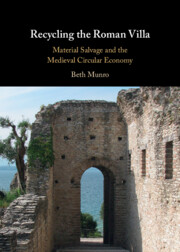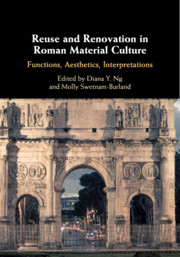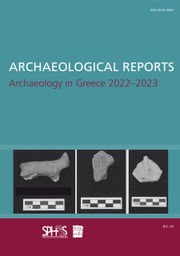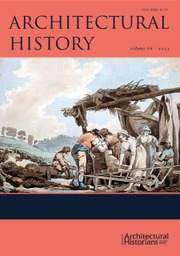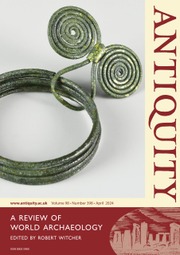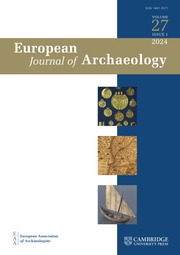Recycling the Roman Villa
Though abandoned between the third and seventh centuries CE, many Roman villas enjoyed an afterlife in late antiquity as a source of building materials. Villa complexes currently serve as a unique archaeological setting in that their recycling phases are often better preserved than those at urban sites. Building on a foundational knowledge of Roman architecture and construction, Beth Munro offers a retrospective study of the material value of and deconstruction processes at villas. She explores the technical properties of glass, metals, and limestone, materials that were most frequently recycled; the craftspeople who undertook this work, as well as the economic and culture drivers of recycling. She also examines the commissioning landowners and their rural networks, especially as they relate to church construction. Bringing a multidisciplinary lens to recycling practices in antiquity, Munro proposes new theoretical and methodological approaches for assessing architectural salvage and reprocessing within the context of an ancient circular economy.
- Bridges traditional art historical approaches to reuse and scientific studies of recycling to demonstrate the nuanced cultural, economic, and materials justification for recycling
- Provides new theoretical frameworks for thinking about economic and material processes
- Highlights the importance of the demolition and craft workers in recycling processes
Product details
November 2024Adobe eBook Reader
9781009475570
0 pages
This ISBN is for an eBook version which is distributed on our behalf by a third party.
Table of Contents
- List of figures
- List of tables
- Preface
- Acknowledgements
- 1. Introduction
- 2. Valuable villa architecture
- 3. Villa decline and material salvage
- 4. Materials organization and stockpiling for recycling
- 5. Material reprocessing at villas
- 6. Economics of villa recycling
- 7. Post-roman ownership and legacy of villas in the western provinces
- 8. Conclusions
- Bibliography.

